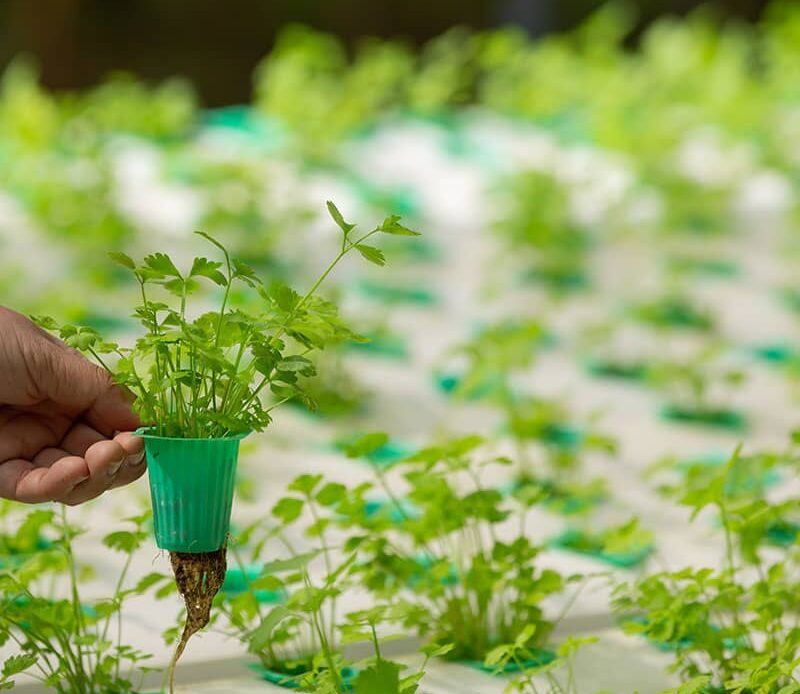
The 10 Best Hydroponic Herbs list will show that you can grow without messy dirt in your kitchen all year long your own fresh herbs.
Too much or too little water may result in over-watering and under watering when using soil mixes. One of the main benefits for using hydroponic systems for your herbs is that allow for a consistent supply of water and nutrients.
What Are The 10 Best Hydroponic Herbs?
Herbs are widely used not just because provide taste and fragrance but they have a wide variety of health benefits.
Most people thing that in hydroponics plants are grown in nutrient-rich water instead of soil, but this is just one type. Not every plant does well without soil and in hydroponic gardening you can use instead of dirt gravel, sand culture, or wood shavings.
We all like to use fresh herbs and keep them closer tin our your kitchen. Since most of the herbs don’t take up much room they are perfect for a window-sill or kitchen-top garden. Using an ebb-and-flow or DWC system all of these herbs can be grown together and keep them in the same planter and save on space.
Any basic hydroponic nutrient solution will work well for growing herbs. They can mature up to 20 to 25% faster compare to those grown in soil. The plants use their energy into developing their tops since the root system gets all nutrient solution directly. Some of the requirements for growing hydroponic herbs include light, nutrients, temperature, humidity, and pH level.
Chives
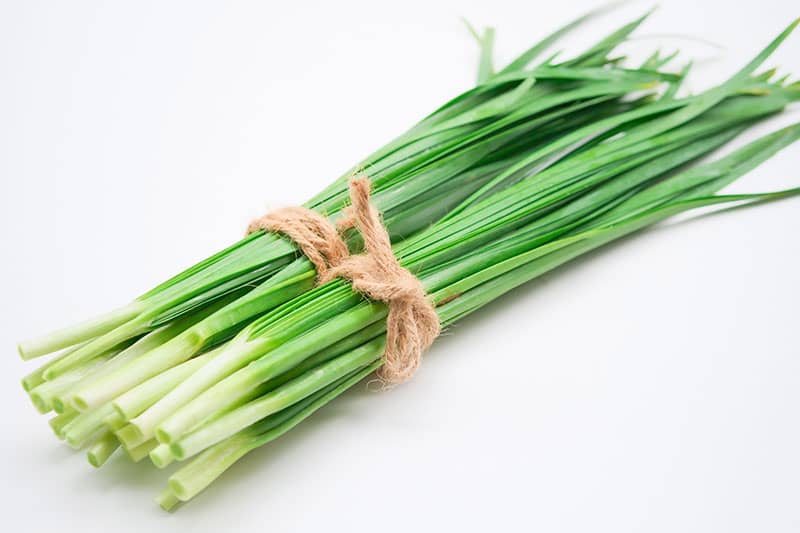
Chives – another herb from the Best Hydroponic Herbs list are popular choice for baked potatoes. One of the most popular growing hydroponic systems suitable for chives are the ebb-and-flow or drip system. Both onion and garlic chives variations can be grown in a hydroponic setup.
In generally a little over a week you can see chives start growing and it takes 4 – 6 weeks to mature. In hydroponic setups you need 12 hours minimum of daily light is best.
Chives has many health benefits and some researchers suggested that allium vegetables, including chives, could have anticancer effects. Vegetable-rich diets will reduce risk of many types of cancer, according to a research.
Chives are high in beneficial nutrients, including minerals, vitamins, and antioxidants, but low in calories.
Tip: Favorable temp: cool to warm 55–70ºF. pH: 6.0 – 6.5. 12-14 hours of light daily.
Oregano
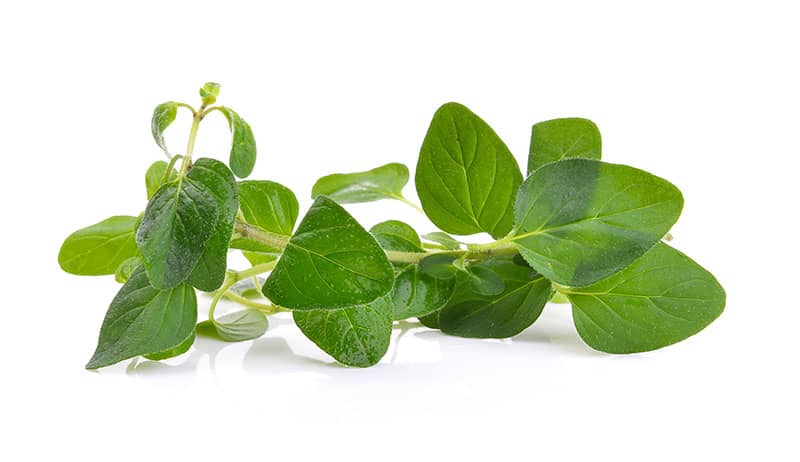
Oregano is not just in our list for Best Hydroponic Herbs, but probably in favorite to most people. It is popular herb for almost everything – pasta, pizza or paninis. Similar to most other herbs, ebb-and-flow and drip systems work best to grow oregano.
Oregano leaves contains fiber, protein, and carbohydrates. It contains many compounds and nutrients like lutein, zeaxanthin, beta-carotene, vitamin K, and it is a good source of minerals like magnesium, phosphorus, calcium, potassium, and iron.
According to Process Biochemistry journal oregano has antibacterial and antimicrobial properties due to the presence of carvacrol and thymol in the herb .
Tip: Favorable temp: cool to warm 55-75°F. pH: 6.0 – 9.0.
Basil
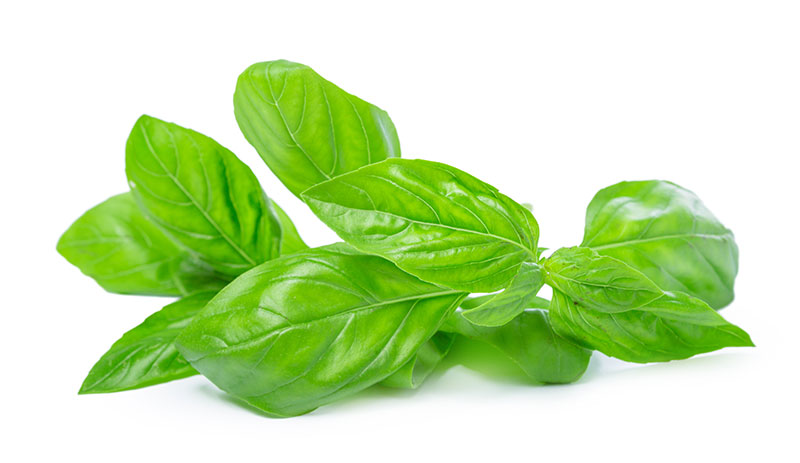
Basil is one of the most popular herb that doesn’t take much room, you can grow at home and it grows well along in combination with other herbs. There is no double we can’t go without having this herb in our list of Best Hydroponic Herbs.
According to a research basil helps reduce swelling and inflammation, it helps protect against free radicals that cause ageing and it is high in antioxidants. It reduces blood pressure, support recovery and reduce stroke damage,
One of the most popular growing hydroponic systems suitable for basil are the NFT or drip systems. The herb hold on to the aroma and flavor when is used fresh.
There are 150 different species of Basil, but the most common types are;
- Sweet Basil
- Genovese Basil
- Thai Sweet Basil
- Purple Basil
- Lemon Basil
- Lime Basil
- Lettuce Basil
- Spicy Basil
Tip: Favorable temp: cool to warm 55-75°F. pH: 5.5 – 6.5.
Sage
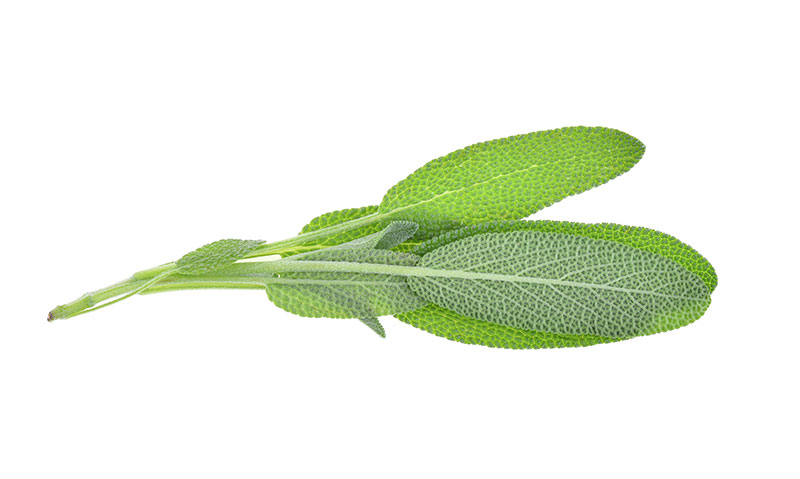
Sage adds savory, peppery flavor and it is popular along chefs. It is easy to grow even along with other herbs and works best with NFT system but you can use other systems as well.
The sage plant likes more light so plan to have about 12 hours of light every day. Sage plant can be harvested up to three times in one growth season.
Sage has been used a long time ago in ancient history in Egyptian, Roman, and Greek medicine. Some of its health benefits include relieving sore throat and headache pain, protecting against free radical damage, viral infections, improving mood and more.
There different species of sage most popular are white sage, common sage, Spanish sage, and Chinese sage.
Tip: Favorable temp: warm to hot 75-85°F. pH: 5.5 – 6.0.
Rosemary
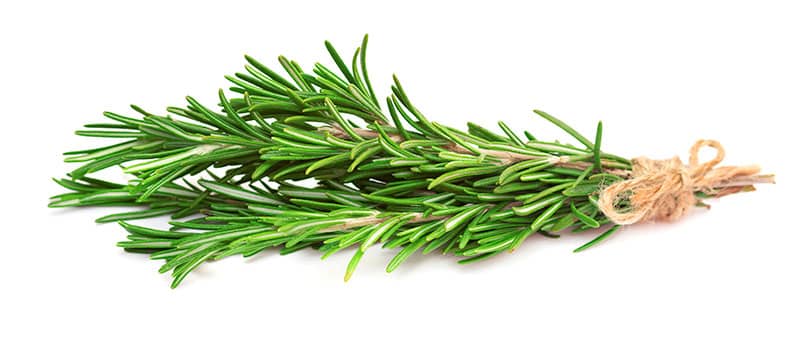
Next in our list for Best Hydroponic Herbs is rosemary. Rosemary is a hardy evergreen sub-shrub grown mainly for its aromatic leaves. Rosemary adds a strong aroma and great flavor to meats, but also it is popular used in bread-making industry. A drip system with a soil-less potting mix work best to develop the roots of rosemary.
The aroma of rosemary has been linked to clearing the mind, improving mood, and relieving stress in those with chronic anxiety or stress hormone imbalances. Rosemary is often used for digestion problems, including intestinal gas, heartburn and loss of appetite.
Rosemary can be grown well in a Drip System, the Nutrient Film Technique (NFT), DWC, aeroponics, and the Kratky rosemary systems. The herb can grow to a height of 6 feet and last for years.
Tip: Favorable temp: warm to hot 75–85ºF. pH: 5.5 – 6.0.
Coriander
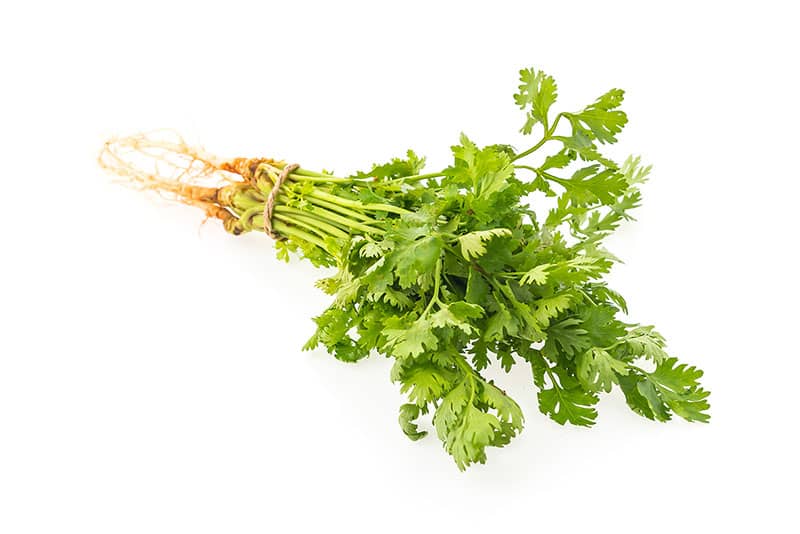
Another great herb to grow in our list of 10 Best Hydroponic Herbs is Coriander. This herb grow fast and it only takes around 4 weeks to start producing and through the whole cycle you can harvest and can produce 2-3 times.
Some of the health benefits of using coriander are helping with high cholesterol, skin inflammation, mouth ulcers, digestion and many other ailments. It is a source of iron, magnesium, and fibre and it contains vitamin c, vitamin k and protein.
Cilantro is a parsley-type herb that requires cool temperatures. It is called cilantro when grown for leaves only, but if allowed to continue growing to seed, it becomes what is called coriander. You can harvest it by cutting tops to crown and allowing to re-grow or pull up by the roots.
Tip: Favorable temp: cool 60–75ºF. pH: 6.5.
Tarragon

Tarragon is a perennial herb with leaves used for seasoning, especially vinegar and it has a distinctive licorice, lemon, and basil flavor. Tarragon is also used to spice up mustard, relishes and sauces. Tarragon likes moderate sun, preferring some shade during the hottest part of the day and it can grow up to two or three feet tall.
There are two basic tarragon varieties: French (Artemisia dracunculus sativa) and Russian (Artemisia dracunculus L.). Some research suggest that tarragon may have potential as an anti-nausea treatment after surgery. The herb supports cardiovascular health and helps to alleviate gastric discomfort and bowel complaints.
Tarragon reduces body odor and it has been known to possess antioxidant properties as well. Tarragon doesn’t dry well, so it is best to use it fresh in your summer recipes.
Tip: Favorable temp: warm to hot 65–75ºF. pH: 6.5 – 7.0. Light for 16 hours per day.
Peppermint
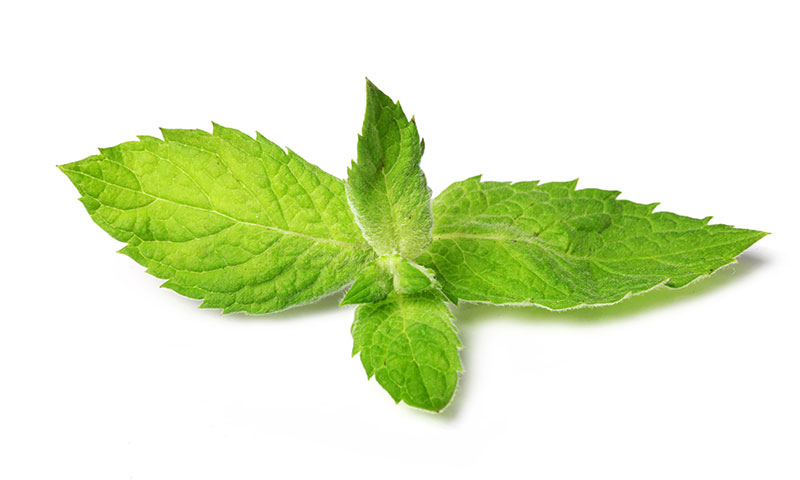
Mint variety as peppermint and spearmint are widely used as a flavor for food and beverages due to their refreshing, and aromatic properties. There are over 500 types of mint.
Hydroponic peppermint will grow well in almost any hydroponic system, but most popular are NFT, and ebb and flow systems. Hydroponic peppermint should receive 12 to 16 hours of light per day for productive growth.
You can harvest it completely after each 3 – 4 week cycle. The herb has calming effects and according to the University of Maryland Medical Center (UMM), calms the stomach muscles and improves the flow of bile. It can help treat the symptoms of irritable bowel syndrome (IBS).
Tip: Favorable temp: warm to hot 70–75ºF. pH: 5.5 – 6.0. 12-16 hours of light daily optimal.
Stevia

Stevia herb has zero calories and is considered the healthiest and safest natural sweetener available. Stevia has many health benefits and ti is in our list for Best Hydroponic Herbs. It can improve insulin production due to hypoglycemic effects when ingested.
It helps with high blood pressure and an alleviate hypertension and it believes to prevent the bacterial growth that leads to tooth decay. Stevia contains many antioxidant and sterols compounds, including kaempferol which can reduce the risk of pancreatic cancer.
Compare to the sucrose stevia plant is 200 to 300 times sweeter.
Tip: Favorable temp: warm to hot 70–75ºF. pH: 6.0 – 7.5.
Lemon Balm
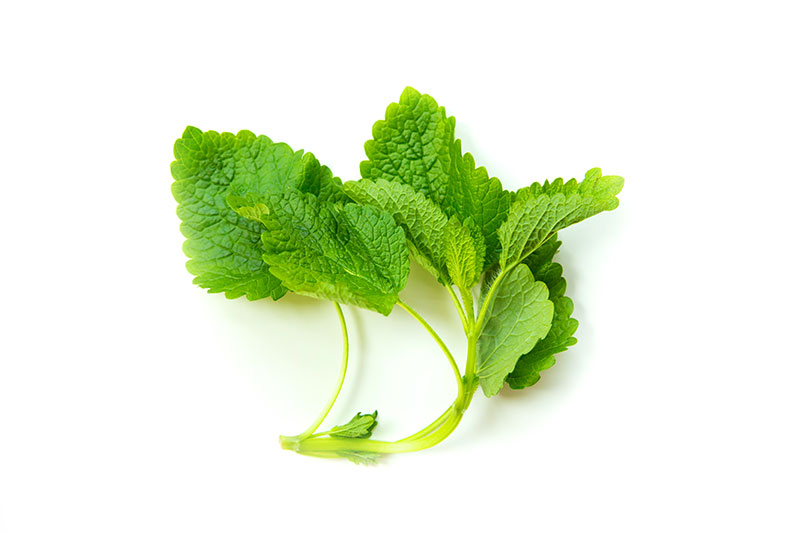
Lemon balm is easy to grow both outside or hydroponics. As a soil-less alternative you can use perlite, vermiculite, rockwool, coco peat, Oasis Rootcubes.
Lemon balm can be susceptible to spider mites, whitefly, thrips and powdery mildew. It has been used as a natural flavoring additive for foods, a cosmetic, an herbal tea and a highly-revered essential oil.
Lemon balm is used in traditional medicine as both a digestive tonic and sleep aid. It can help treat symptoms of dyspepsia, for stress relief and to increase mental alertness. Lemon balm acts as an antioxidant and is effective in combating oxidative stress, according to a review of studies.
Tip: Favorable temp: cool. pH: 5.6 – 9.0.


